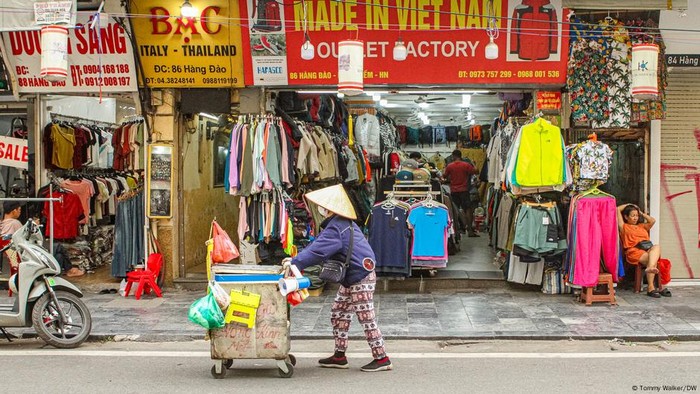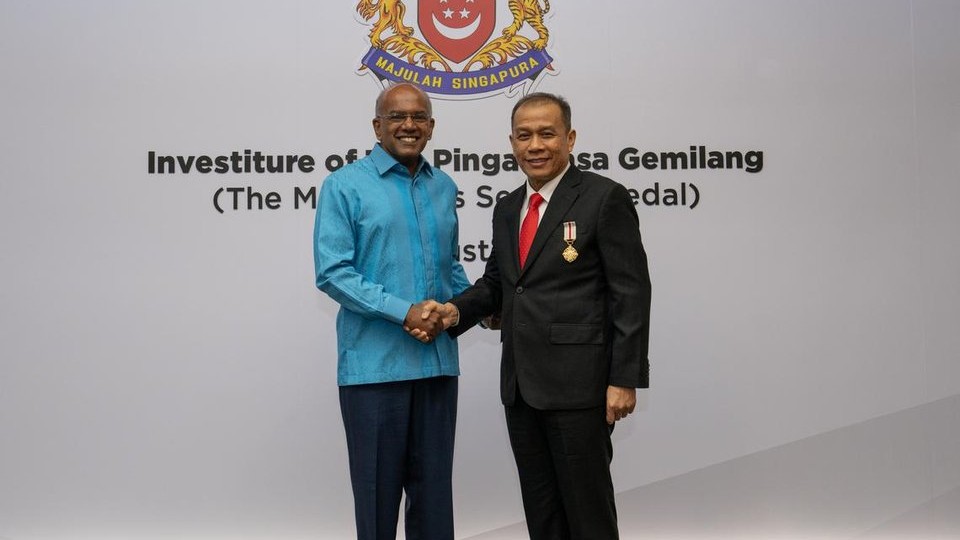Hong Kong — After enduring four grueling years of economic uncertainty and pandemic-related restrictions, Francis Lun, who manages a modest 10-person brokerage in Hong Kong, has finally seen a turnaround. The city’s economic core, represented by the Hang Seng Index, had been languishing in a prolonged slump, dragged down by broader issues across mainland China. But in late September, China’s government intervened with a series of economic measures aimed at reviving growth, resulting in an unexpected surge in the stock market.
The Hang Seng Index has since rallied over 18% in just two weeks, its most significant gain in nearly two decades. While some analysts argue that these stimulus measures should have been introduced much earlier, they are nonetheless welcome. Lun expresses relief at the sudden change in business dynamics. “Before the announcement, it felt like we were just sitting around waiting for something to happen,” he said, referring to the stagnant market conditions. “Now, we’re getting calls, and there’s movement.”
Despite the optimistic response from the stock market, the question remains: will this rally translate into real, sustainable growth for China’s broader economy, which is struggling to meet its 5% growth target? Economists are particularly concerned about potential deflation and a deeper crisis of consumer confidence. While the immediate response from financial markets has been positive, many believe that the measures implemented so far, focused primarily on monetary policy, are only a partial solution to China’s more systemic problems.
Beijing’s initial efforts to stabilize the economy have revolved around monetary policy—manipulating interest rates and banking reserves to manage inflation and borrowing costs. While this approach has provided short-term relief, it falls short of addressing the deeper structural issues facing the Chinese economy. What is glaringly absent, many argue, is a more robust fiscal response—a set of policies that would directly impact public spending and consumer demand.
“The root of the problem lies in the lack of consumer confidence,” a report by Nikko Asset Management notes. The report argues that without bold fiscal policies, the economy risks falling into a prolonged downturn. Economists are calling for the Chinese government to take more decisive action, including increasing public spending on infrastructure and consumer-driven projects. According to these experts, a more aggressive approach could help boost consumer sentiment, increase risk-taking, and inject new life into a stagnating economy.
Prominent voices in the global financial community, such as Ray Dalio, founder of Bridgewater Associates, have also weighed in. Dalio recently commented that this could be China’s “whatever it takes” moment, drawing parallels to major economic rescue plans seen in the West. His message is clear: China’s leaders need to go beyond the limited measures they have implemented so far and introduce sweeping reforms to stabilize the economy.
The Chinese government is reportedly considering such moves, with the National Development Reform Commission expected to unveil additional policies soon. These could include more direct spending initiatives aimed at boosting demand across various sectors, including housing, infrastructure, and consumer goods. The government is also likely to increase subsidies aimed at encouraging consumers to make large purchases, such as home appliances and vehicles, which could help spur demand in the short term.
Beijing’s shift toward more transparency and urgency in addressing these economic challenges is notable. The recent joint press conference involving key financial figures, including the Governor of the People’s Bank of China and heads of regulatory bodies, signals a significant departure from the traditionally opaque nature of Chinese policymaking. In this rare appearance, the officials outlined key elements of the government’s economic recovery plan, including cuts to interest rates and adjustments to the real estate sector to make housing more affordable.
The property market, long seen as a major drag on the economy, is a central focus of these efforts. Many economists believe that resolving the oversupply in the housing market and stabilizing real estate prices are essential for any meaningful economic recovery. HSBC’s economists described the press conference as unusual, highlighting the coordinated nature of the announcements. “This time feels different,” they wrote, referring to the level of urgency and transparency shown by Chinese officials.
Looking ahead, Beijing is expected to introduce even more aggressive fiscal measures, with analysts predicting a major increase in government spending. Some reports suggest that the Ministry of Finance is preparing to issue special sovereign bonds worth 2 trillion yuan, or approximately $284 billion. These funds will likely be allocated to a variety of projects, including large-scale infrastructure initiatives and consumer subsidies aimed at boosting demand.
This potential influx of government spending could mark a turning point for the Chinese economy, but the scale and scope of these measures will determine their long-term success. Some economists, such as Jia Kang, a former director at the Ministry of Finance, have argued that China should be prepared to issue even more debt, perhaps as much as 10 trillion yuan, to finance major public works projects. Jia believes that this level of investment is necessary to prevent the economy from stagnating further.
While the markets have responded positively to the initial stimulus measures, the road to a full economic recovery will require a sustained commitment from China’s leadership. Analysts agree that any meaningful turnaround will need to address not only the short-term challenges but also the structural issues that have long plagued the Chinese economy. As Beijing prepares to roll out additional policies, the world is watching to see if China can successfully navigate this critical juncture.









